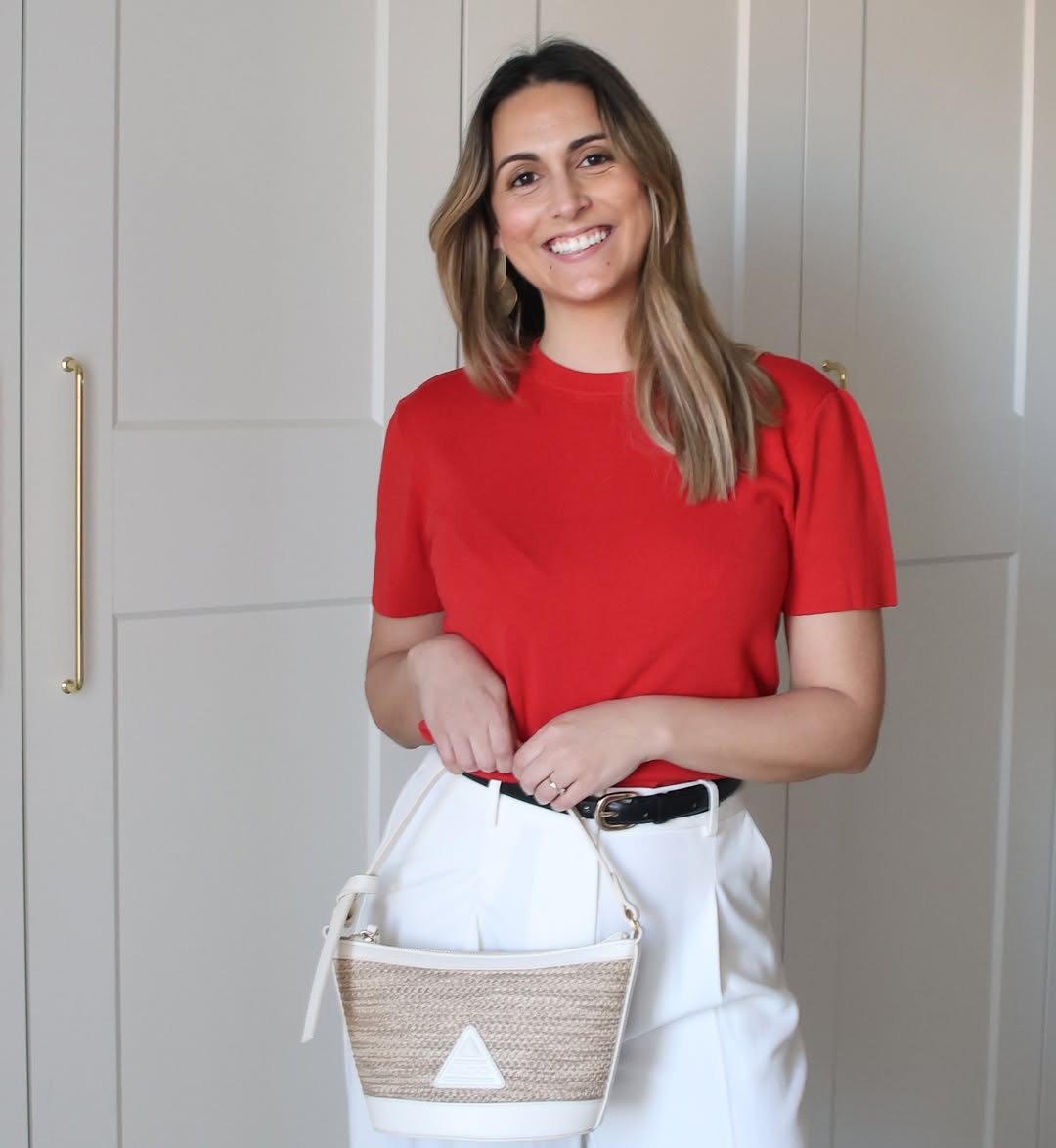In one minute of an open tap, 12 liters of water can be lost; with each toilet flush, around 15 liters of water are used; a tap dripping every five seconds for 24 hours can use 30 liters of water per day. All this data is surprising, not to say shocking.
Water is the basis of all life, falling from the sky as rain and flanking us in oceans that cover almost three-quarters of the planet's surface. 70% of the Earth is water, however, only a small part is fresh water – the rest is salt water, which cannot be used. The United Nations (UN) estimates that, by 2050, a large part of the world's population could suffer from a lack of this essential good, but what can we do to counter this scenario?
Everything we do requires water and, with the constant increase in the world's population, the situation is likely to become even more urgent when it comes to finding solutions.
Source of life on earth
Water scarcity is a real problem that currently affects 7% of the world's population and which, according to UN calculations, is likely to increase by 2050, due to demand from the industrial and domestic sectors of emerging economies and due to the increase in the global population.
Water, a victim of the fashion industry
The fashion industry relies heavily on water to survive. Fashion is a thirsty business, from watering cotton crops to washing clothes at home. It takes thousands of liters of water to produce a pair of jeans and more than two liters of water to produce just one cotton shirt.
But water consumption is not the only problem in clothing manufacturing: pollution of waterways is also a major concern. Around 20% of global wastewater is caused by dyeing processes in the fashion industry, where various chemicals are present.
Brands can reduce H2O consumption through actions such as:
- The supply of cotton produced sustainably through international standards and agricultural programs;
- Provide clear instructions to consumers to reduce water and energy use;
- Work with production units that recycle or reuse processing effluent water;
- Work with industry partners to reduce and remove water use in dyeing, washing and finishing processes.
How to reduce our water footprint?
The water footprint is an environmental indicator that calculates the volume of fresh water (liters or cubic meters) used throughout the entire production chain of a consumer good or service. The concept was created in 2002 and the objective is to create awareness about the enormous volume of water required by our production processes and lifestyle habits, with a view to promoting a more rational and sustainable use.
There are several ways we can do our part and reduce our water consumption, namely:
- Avoid denim, leather and polyester clothing, giving preference to organic cotton fabrics;
- Wash our clothing less;
- Reduce the duration of the bath;
- Invest in sustainable eating and reduce the consumption of foods that require more water (example: meat);
- At a business level, promote recycling, reuse and ecological consumption, hiring suppliers committed to reducing the water footprint;
- Always use dishwashers and/or washing machines full;
- Recycle and consume recycled paper;
- Reuse water and reduce toilet flushing;
- Brush your teeth with a glass of water (this way you can save up to 3 liters of water);
- Close all taps correctly.































